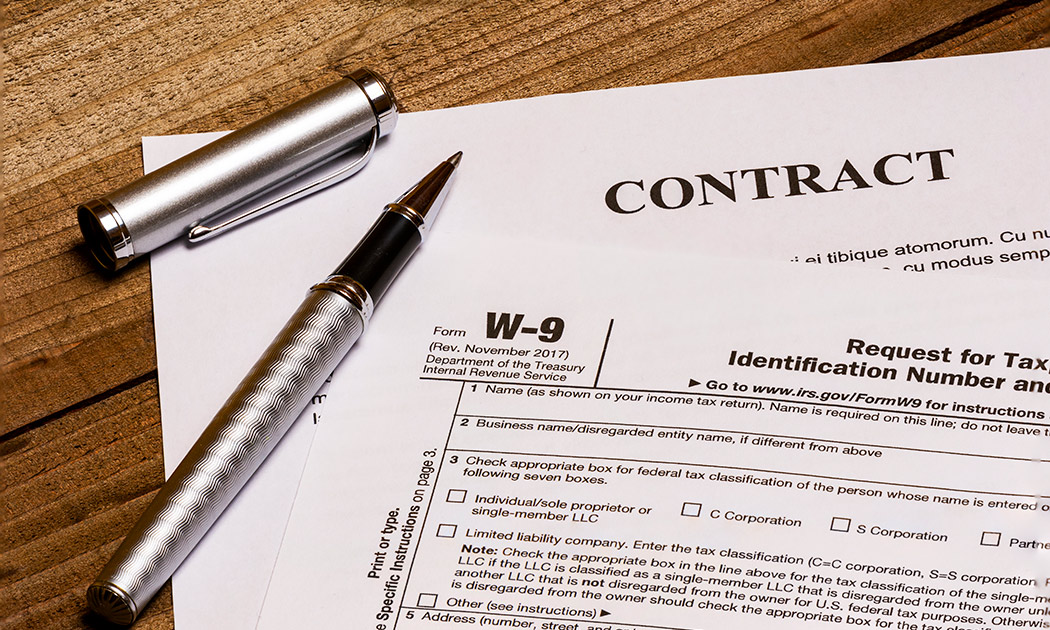The Payroll Blog
News, tips, and advice for small business owners
- Home
- Resources
- Payroll Blog
- 4 Things to Know About W-4s
4 Things to Know About W-4s
Taxes. Your favorite subject right?

The IRS recently released an updated Form W-4 to make accurate withholding easier for employees. Any employees hired in 2020 will need to use the new form. Current employees hired prior to 2020 who wish to update their withholding will also need to fill out the updated Form W-4. If your current employees do not wish to make any changes, they can continue to use existing forms. The updated form can be found here.
While this is a common form used when onboarding new employees, you probably have somewhere in the range of one to one million questions related to the latest federal tax legislation, what it means for you personally, what it means for your business, and what it means for your employees.
But as we’ve been talking about it further here at SurePayroll, and hearing from all of you with your questions, we realized there’s more to discuss, and one particular aspect that seems to keep coming up for employers and their employees: Form W-4, Employee’s Withholding Allowance Certificate.
So we’ve pulled together four frequently asked questions about Form W-4.
What is Form W-4?
Form W-4 records the correct withholding allowances for an employee when filing their federal income taxes annually. This form is completed by the employee and is the basis for taxes withheld by the employer for the employee’s federal income taxes. This form should be reviewed and updated each year, as well as during the year if there is a personal or financial situation change (things like changes to filing status from single to married).
When should employees submit Form W-4?
You should have each employee complete form W-4 when they are hired and review and submit a new Form W-4 each December as their withholding allowances are likely to see shifts annually. It is particularly important that any employee claiming exemption from withholding file a new Form W-4 by February 15th of the year for which they are claiming exemption.
What if an employee doesn’t complete or update Form W-4?
While you should require Form W-4 as part of your onboarding process, and include a reminder to update the form as part of your business’ year-end processes, there may be cases where you do not have a completed W-4 on file for an employee, or never received an updated W-4 despite a noted change in status. In those instances, the responsibility of the employer is clear in the eyes of the IRS: employers must withhold tax based on the last valid Form W-4 for the employee that doesn't claim exemption from withholding or if one doesn't exist, as if he or she is a single filer with no other adjustments.
Bottom line: who is responsible?
When it comes to proper tax withholding and filing, both the employee and the employer bear a level of responsibility. It is the employee’s responsibility to provide a correct and updated Form W-4 annually, or as their circumstances change, and it is the employee’s responsibility to review their paystub to ensure that the correct taxes are being deducted based on their withholding allowances. Even if there is an instance of employer miscalculation of federal income taxes for an employee’s payroll, it is still the ultimate responsibility of the employee to pay the taxes they owe.
From an employer's perspective, it is the employer’s responsibility to properly withhold and file federal income taxes for their employees based on the Employee Withholding Allowance Certificate on file—and if there is not a certificate on file, to file taxes as if the employee had zero withholding allowances.
Next Steps
As you can see, the clearest approach to properly calculating and filing taxes for your employees is to have them complete and annually update Form W-4—this way you have their withholding allowances documented for the tax year and there is no confusion about what is being withheld.
Note: The IRS has updated form W-4, as mentioned above. You can download the form here.
If you’re concerned about updating your payroll processing to account for these tax changes, a payroll service like SurePayroll can help.
Related Blog Posts
View Our Plans and Pricing
Small Business Is Our Business.
This website contains articles posted for informational and educational value. SurePayroll is not responsible for information contained within any of these materials. Any opinions expressed within materials are not necessarily the opinion of, or supported by, SurePayroll. The information in these materials should not be considered legal or accounting advice, and it should not substitute for legal, accounting, and other professional advice where the facts and circumstances warrant. If you require legal or accounting advice or need other professional assistance, you should always consult your licensed attorney, accountant or other tax professional to discuss your particular facts, circumstances and business needs.



